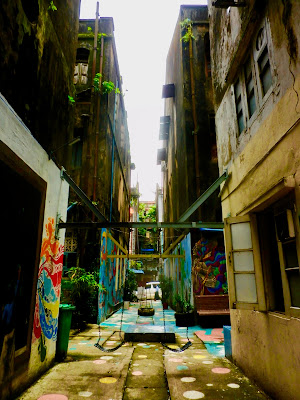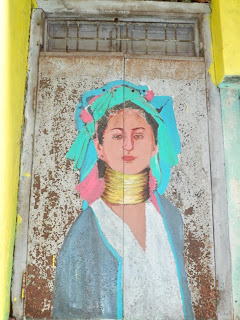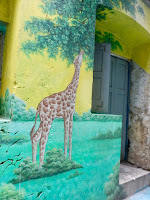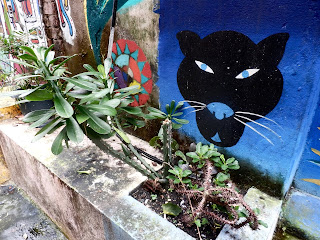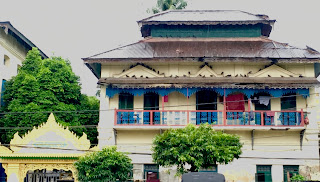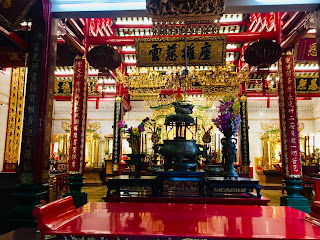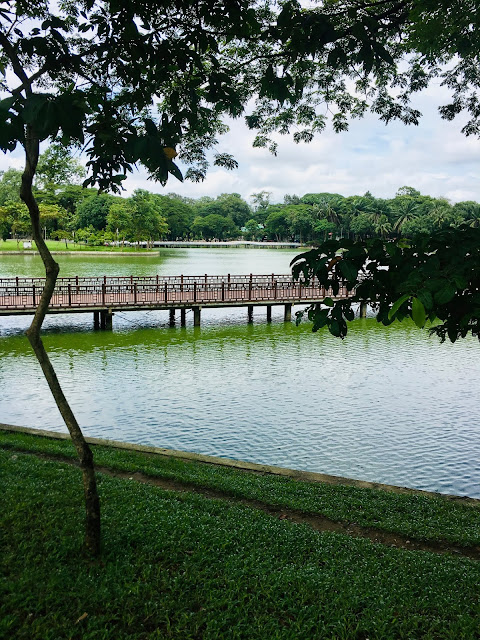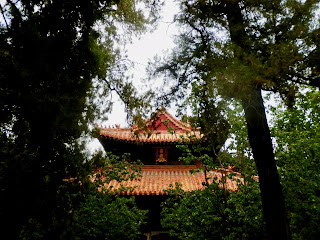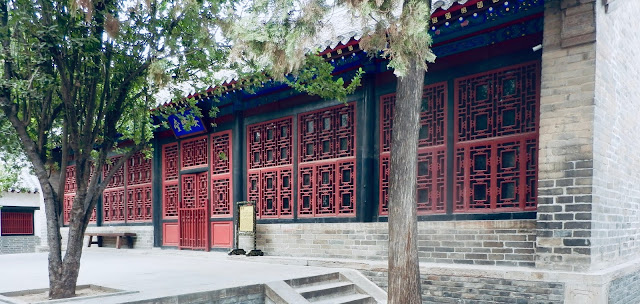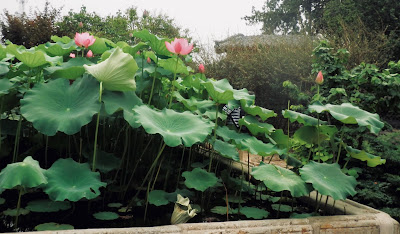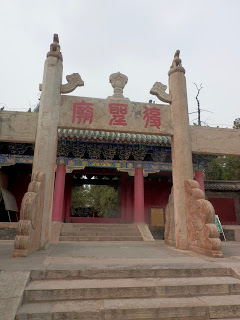YANGON CIRCULAR TRAIN
SULE PAGODA
https://www.nytimes.com/2014/02/09/travel/36-hours-in-yangon-myanmar.html
Shwedagon Pagoda
The Shwedagon Pagoda, officially named Shwedagon Zedi Daw and also known as the Great Dagon Pagoda and the Golden Pagoda, is a gilded stupa located in Yangon, Myanmar. The Shwedagon is the most sacred Buddhist pagoda in Myanmar, as it is believed to contain relics of the four previous Buddhas of the present kalpa. These relics include the staff of Kakusandha, the water filter of Koṇāgamana, a piece of the robe of Kassapa, and eight strands of hair from the head of Gautama. The 112-metre tall pagoda, built on the 51-metre high Singuttara Hill, stands at least 163 metres above sea level, dominates the Yangon skyline. The city's zoning regulations cap the maximum height of buildings to 127 metres above sea level to prevent other structures from overtaking the pagoda.
Kheng Hock Keong
The Kheng Hock Keong, also known as the Kheng Hock Keong or Qingfu Temple, is the largest and oldest temple to the Chinese sea-goddess Mazu in Yangon, Burma. It is located on the corner of Sintodan Street and Strand Road in Latha Township. Kheng Hock Keong is maintained by a Hokkien Chinese clan association. The temple attracts mostly Hokkien and Hakka worshipers, while the other temple in Latha Township, called the Guanyin Gumiao Temple, attracts Cantonese worshipers.












